😃
Within weeks, Walter Reed researchers expect to announce that human trials show success against Omicron—and even future strains.
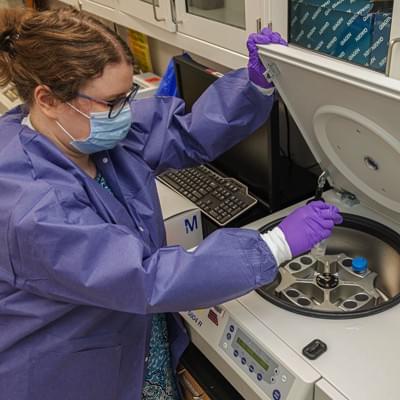
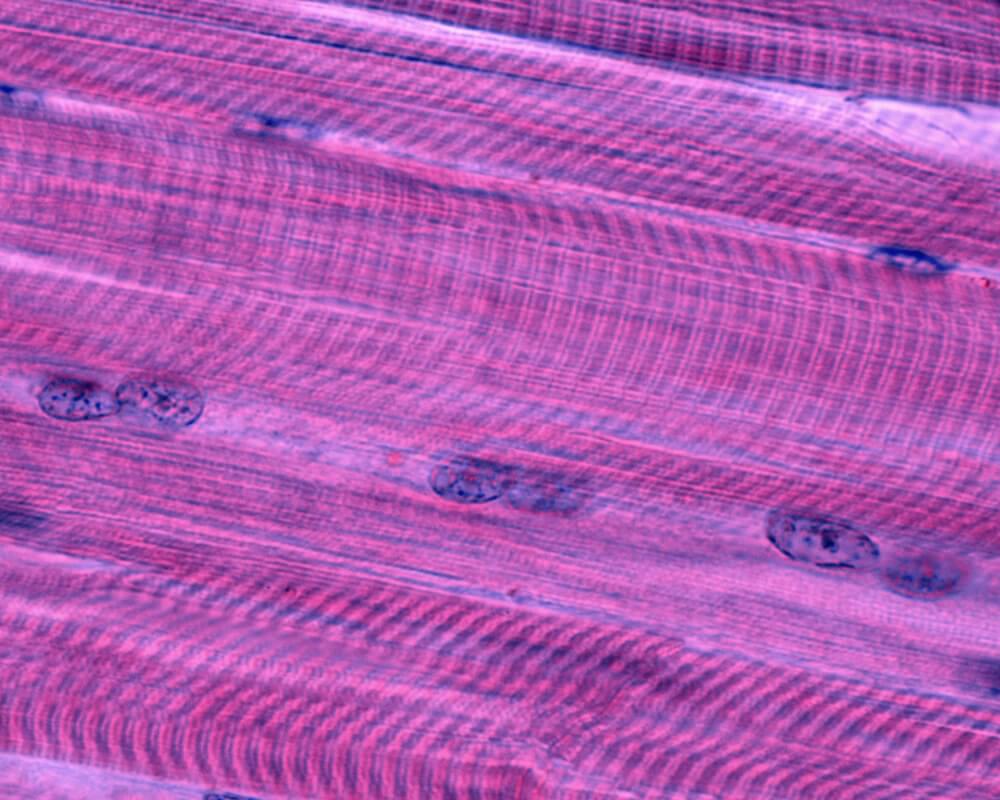
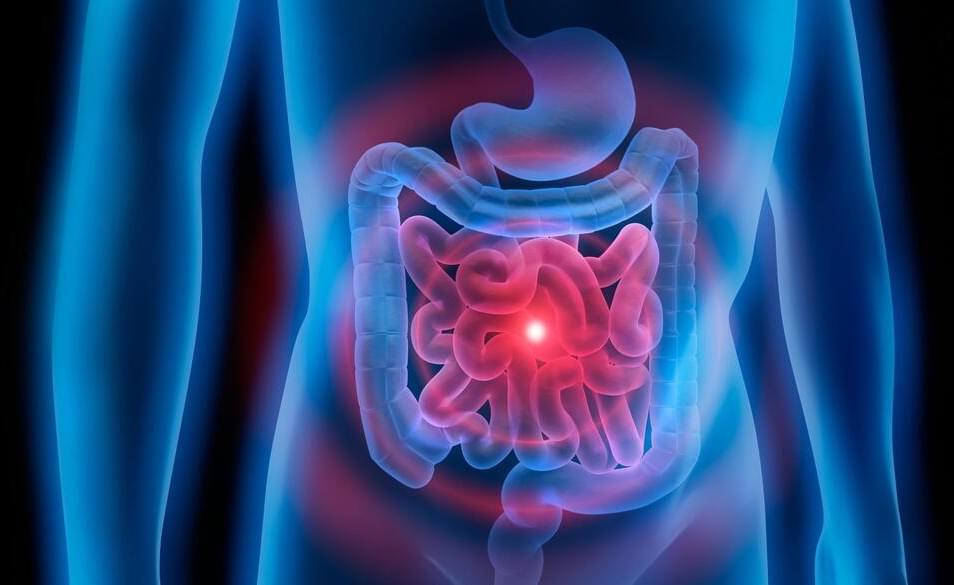
Researchers say they have found a growth hormone in the colon that helps damage DNA, which aides in the aging process. The finding could lead to new therapeutic approaches to aging-associated disorders like cancer.
Whereas circulating pituitary growth hormones decline with age, non-pituitary growth hormones, or npGH, increase with age. That means the colon tissue growth hormone helps initiate the first stages of tumor development and influence the aging process, Cedars-Sinai Medical Center researchers said in research published in the journal Cell Reports.
At the core of the issue is npGH blocking a certain protein from protecting DNA from damage. The protein, p53, is a tumor suppressor that helps repair DNA, but it can also awaken growth hormones.

The world’s first injectable medication to reduce the risk of acquiring HIV has been approved by the Food and Drug Administration (FDA), the agency announced Monday (December 20).
The injectable drug – called Apretude or its generic name, “cabotegravir extended-release injectable suspension” – provides an alternative to daily pills for HIV prevention, such as Truvada and Descovy. These pills are up to 99 percent effective at preventing the sexual transmission of HIV, but must be taken every day to be that effective, according to the Centers for Disease Control and Prevention (CDC).
By contrast, to start Apretude, people initially receive two shots, spaced one month apart, and then they receive an injection every two months thereafter, according to the FDA statement.
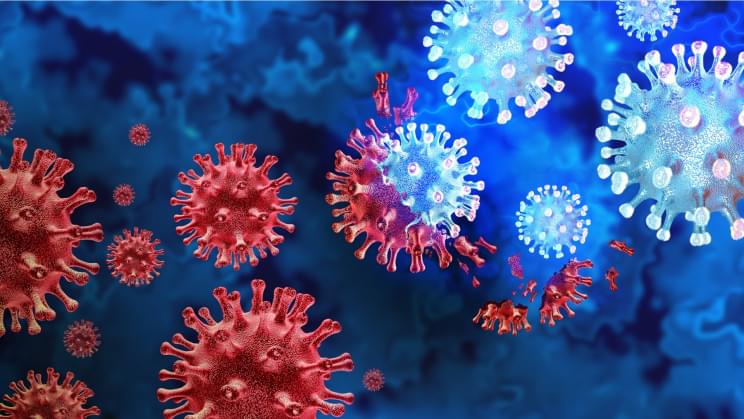
‘Hope for the best but prepare for the worst.’
The WHO has confirmed that, by December 19, the Omicron variant had spread to more than 89 countries. Many epidemiologists believe that Omicron will shortly become the dominant strain of COVID-19, replacing the delta variant (which is currently the dominant coronavirus variant). Compared to Delta, Omicron is capable of multiplying 70 times faster inside the human respiratory tract.
A recent report (Dec 10) from the UK’s Department of Health also indicates that household transmission of Omicron is around 3 times higher than for Delta. The World Health Organization (WHO) designated Omicron (aka. variant B.1.1.529) a variant of concern at the end of November, and within just a few weeks, it has led to increased case rates in a number of countries.
However, amidst the rapid spread of this new variant, there are still a large number of questions that need to be answered. Although Omicron appears to have a degree of vaccine escape, the exact extent of this is unknown, as is the ability of our existing vaccines to prevent severe illness and death in those infected, whether Omicron can also reinfect those with some immunity from previous infections with Delta, the risk of reinfection with Omicron, and the effectiveness of existing treatments.
Full Story:


Scientists have used state-of-the-art 3D printing and microscopy to provide a new glimpse of what happens when taking magnets to three-dimensions on the nanoscale—1000 times smaller than a human hair.
The international team led by Cambridge University’s Cavendish Laboratory used an advanced 3D printing technique they developed to create magnetic double helices—like the double helix of DNA—which twist around one another, combining curvature, chirality, and strong magnetic field interactions between the helices. Doing so, the scientists discovered that these magnetic double helices produce nanoscale topological textures in the magnetic field, something that had never been seen before, opening the door to the next generation of magnetic devices. The results are published in Nature Nanotechnology.
Magnetic devices impact many different parts of our societies, magnets are used for the generation of energy, for data storage and computing. But magnetic computing devices are fast approaching their shrinking limit in two-dimensional systems. For the next generation of computing, there is growing interest in moving to three dimensions, where not only can higher densities be achieved with 3D nanowire architectures, but three-dimensional geometries can change the magnetic properties and offer new functionalities.

(Bloomberg) — Amazon.com Inc.’s efforts to curry favor with the Chinese government included quieting criticism of President Xi Jinping’s book on its Chinese outlet, according to a Reuters report. Most Read from BloombergModerna’s Third Dose Boosts Antibodies Against OmicronS&P 500 Has Biggest Three-Day Drop Since September: Markets WrapBilly Joel NYC Show Going Ahead; Quebec Closures: Virus UpdateOmicron Becomes Dominant U.S. Strain With 73% of Covid CasesManchin Outlines Tax, Policy Changes He’
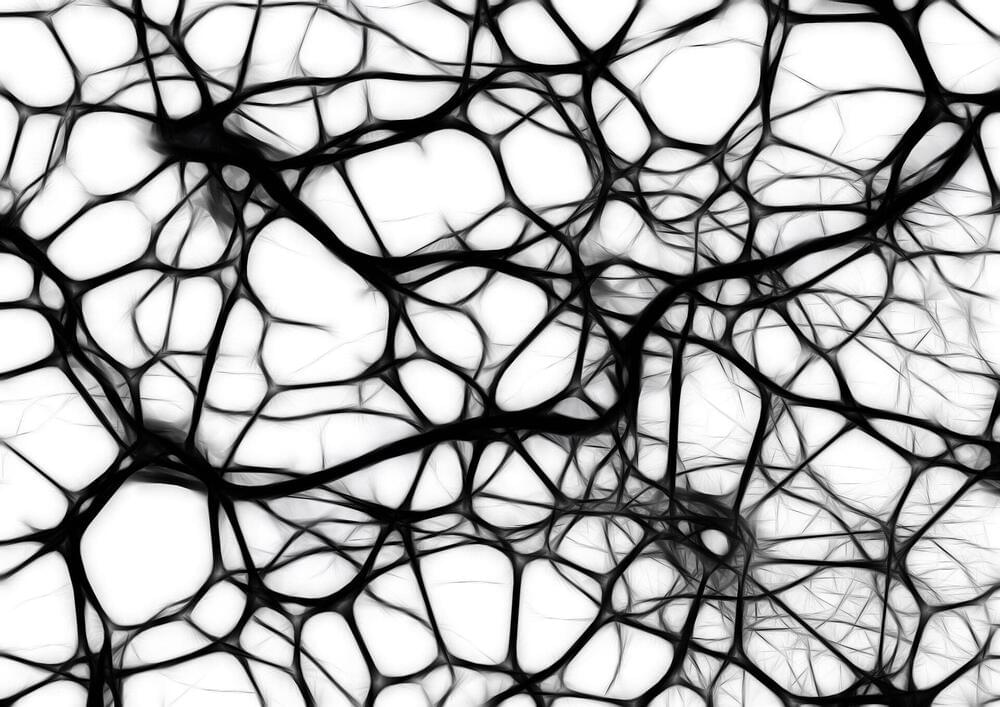
To solve the mysteries of how learning and memory occur, Johns Hopkins Medicine scientists have created a system to track millions of connections among brain cells in mice—all at the same time—when the animals’ whiskers are tweaked, an indicator for learning.
Researchers say the new tool gives an unprecedented view of brain cell activity in a synapse—a tiny space between two brain cells, where molecules and chemicals are passed back and forth.
“It was science fiction to be able to image nearly every synapse in the brain and watch a change in behavior,” says Richard Huganir, Ph.D., Bloomberg Distinguished Professor of Neuroscience and Psychological and Brain Sciences at The Johns Hopkins University and director of the Department of Neuroscience at the Johns Hopkins University School of Medicine.

Omicron has raced ahead of other variants and is now the dominant version of the coronavirus in the U.S., accounting for 73% of new infections last week, federal health officials said Monday.
The Centers for Disease Control and Prevention numbers showed nearly a six-fold increase in omicron’s share of infections in only one week.